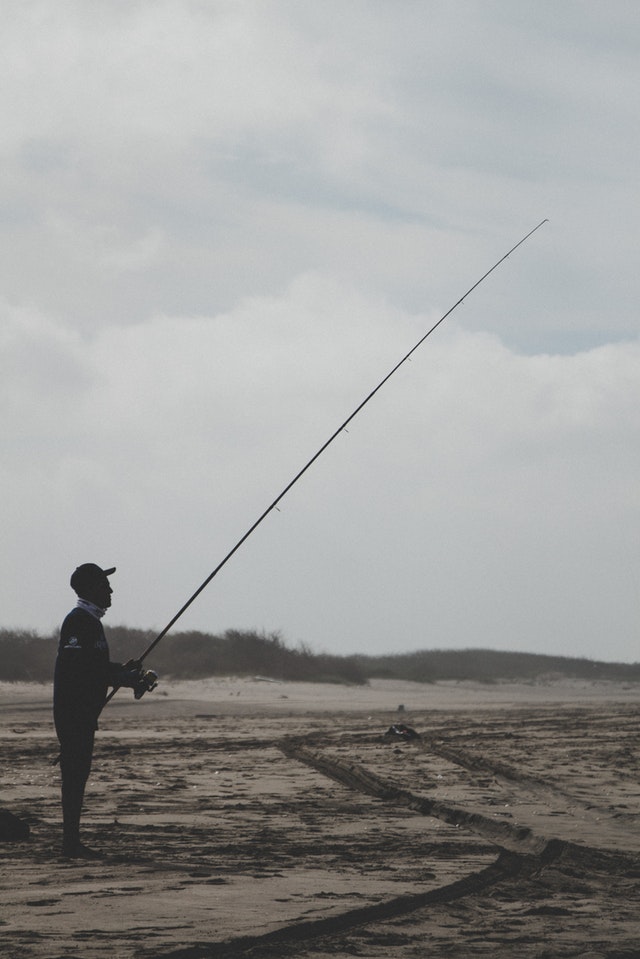Understanding the Common Fishing Line
Understanding the Common Fishing Line
There are few bits of handle more critical or more bantered among fishermen than angling line. Angling Line comes in numerous qualities, hues, and structures, which can be connected in a wide range of circumstances with differing degrees of achievement.
To the new fisherman or the old salt used to tossing monofilament line only, the choices can be bewildering and can prompt poor ventures being made. In this article, I intend to spread out various diverse kinds of line and illuminate you on which circumstances call for what.
I'll begin with the most essential, yet hardest to get a handle on a part, which is as I would see it, shading doesn't make a difference. I've tossed each shade of mono and interlace accessible in my area, and none of them draw in more chomps or spook more fish. A brilliant orange mesh will get an indistinguishable fish from an imperceptible fluorocarbon, and that's basically true.
My favored line to toss is Sufix advanced line (green, clear, yellow) produced by Sufix, which really changes shading every 200 meters. For me, I observe it be the best-meshed angling line for turning reels however it doesn't generally make a difference what shading I utilize.
I've had associates and kindred fishermen swear by particular shades of line, while I toss an exacting rainbow of interlace and catch a similar measure of fish. Try not to let the wide exhibit of tones and tones befuddle you, I truly feel they don't make a difference. Once more, this is my assessment, in view of my very own understanding through long stretches of angling.
Pound Test Rating and Line Type Do Matter
The general decide is that line will break at the half over the posted evaluations. For a case, 20lb test will snap under 25lb of direct power under general conditions. Utilize this information and apply it to your focused on types of fish.
Four to 20lb test would work extraordinarily well for trout or bream yet would probably snap under the head shaking wrath of a largemouth bass. Ten – 30 lb is worthy for everything except the heftiest of lunkers yet would bomb rapidly under the dashing power of a Bonita on the drift. Anything Remote Ocean related requires a heftier line, with the standard being 60 lb test plait, a sort of line we'll get into somewhat more soon.
Presently, don't misunderstand me, you can get a creature on a line more slender than dental floss, yet the lower test rating of the line, the less lenient it will be a too poor strategy. To arrive a fish snared on an under-evaluated line, apply less weight and lower your drag, enabling the fish to tire itself out and consider simpler landing.
 NEVER watercraft flips a fish on under-evaluated line; it closes in disaster as a general rule. Rather, reel the fish near the water's edge, snatch the line with your free hand as near the fish as could be allowed, and lift the fish out in one smooth movement. Jerky movements apply undue worry to the terminal bunch end of the line, regularly snapping it off insignificant inches from you.
NEVER watercraft flips a fish on under-evaluated line; it closes in disaster as a general rule. Rather, reel the fish near the water's edge, snatch the line with your free hand as near the fish as could be allowed, and lift the fish out in one smooth movement. Jerky movements apply undue worry to the terminal bunch end of the line, regularly snapping it off insignificant inches from you. Presently, tips and systems aside, we should investigate the 3 normal sorts of angling line being used by sports anglers today and in addition to










No comments
Help Us to improve our web by comments and suggestions.